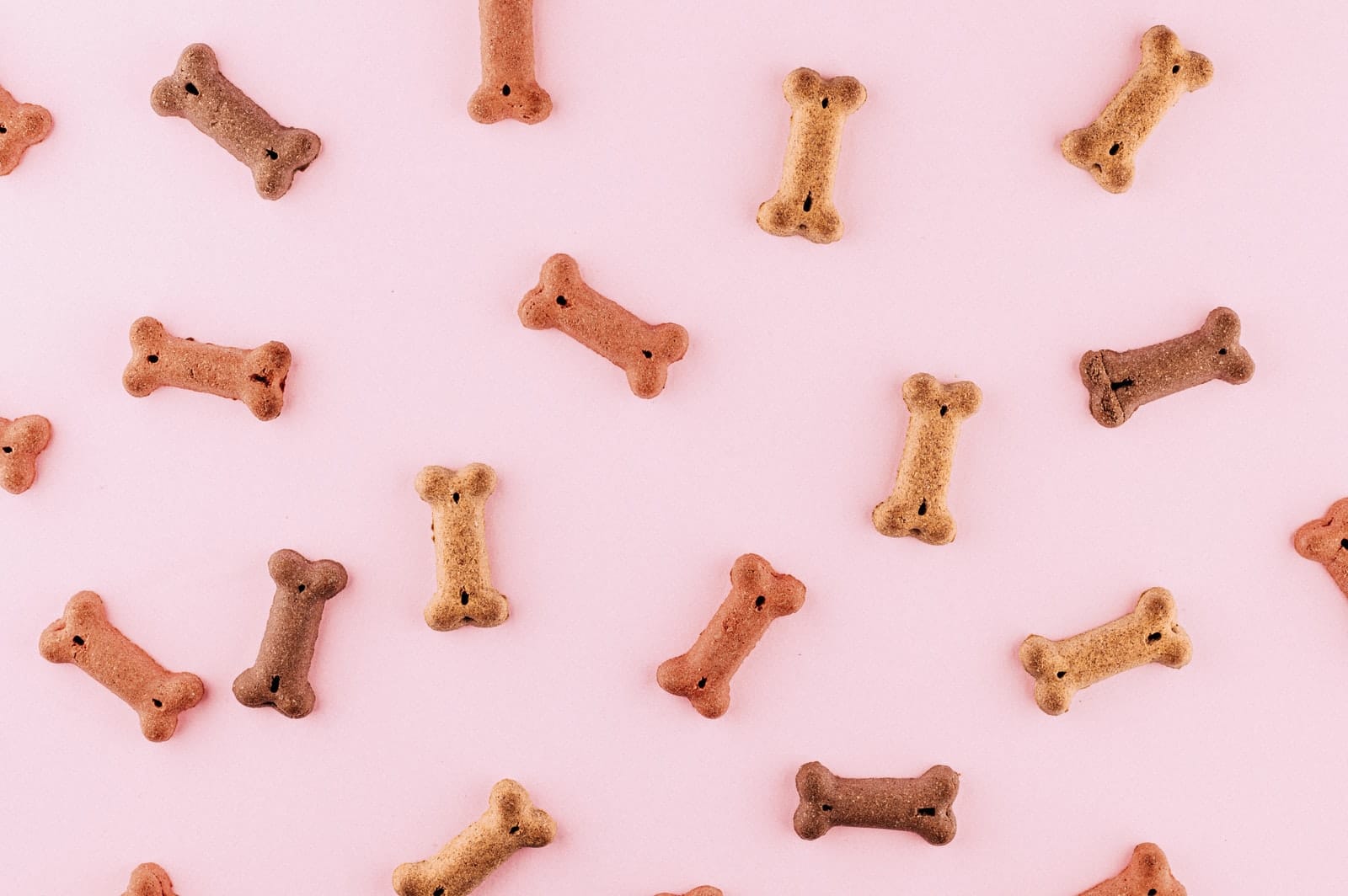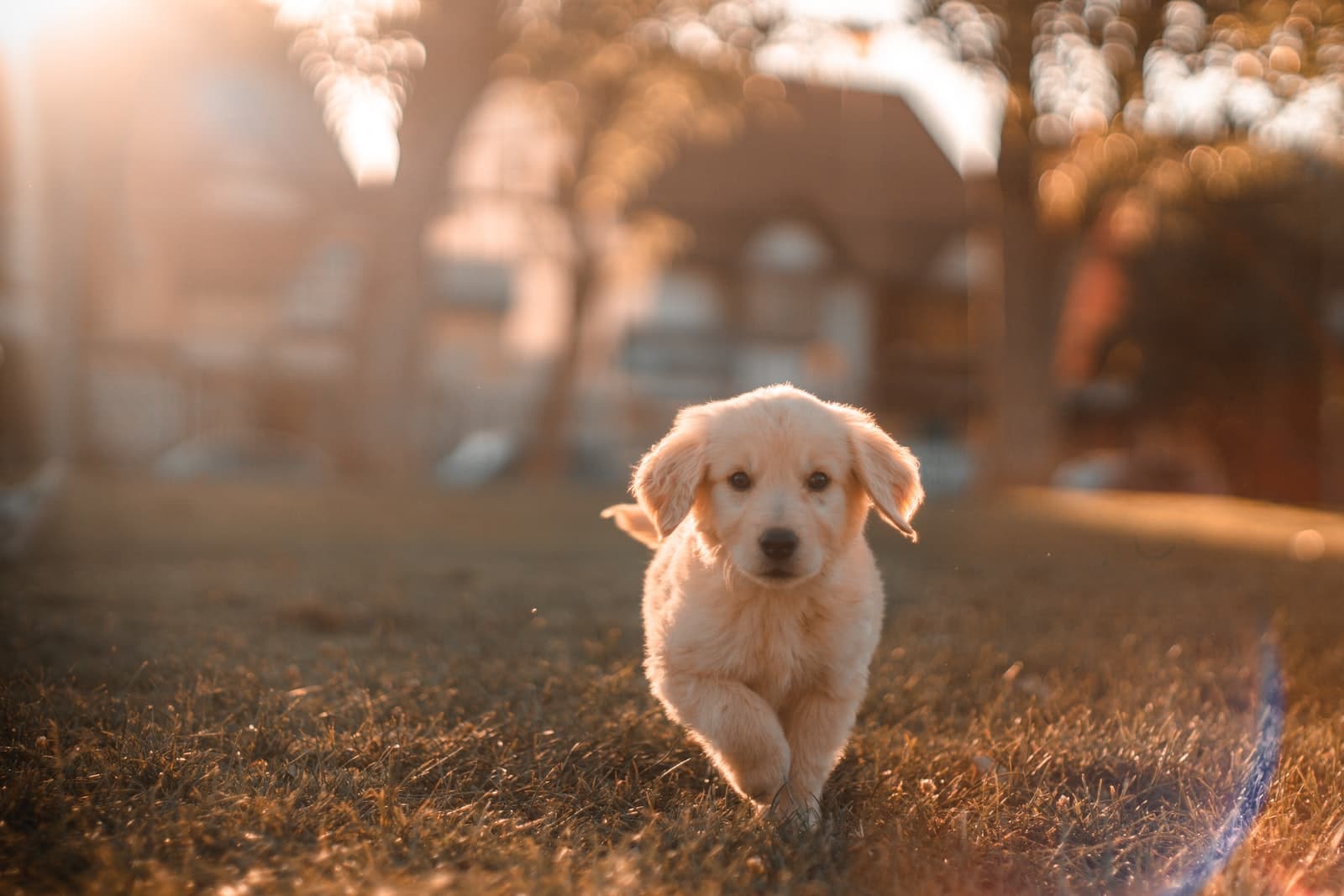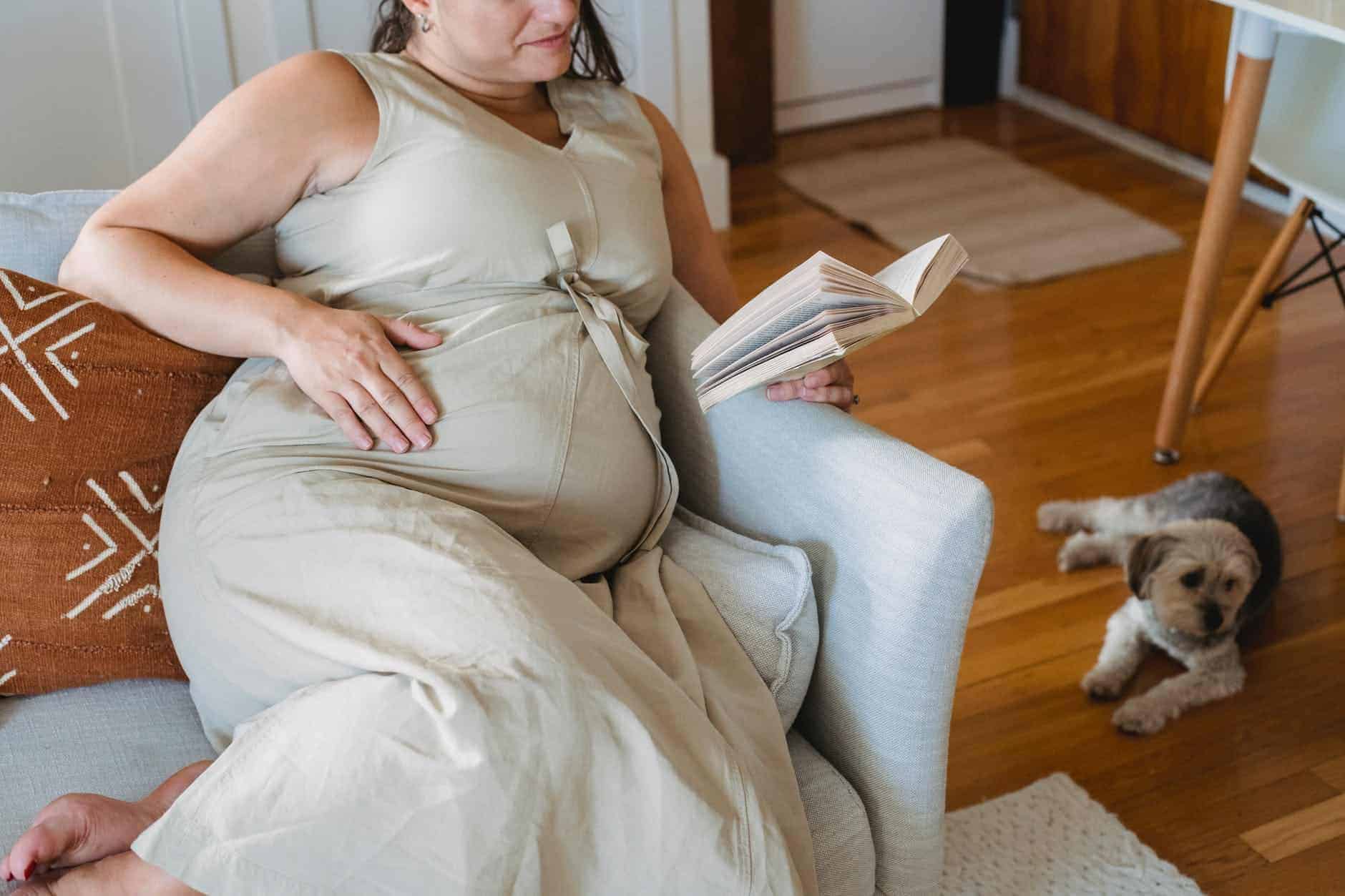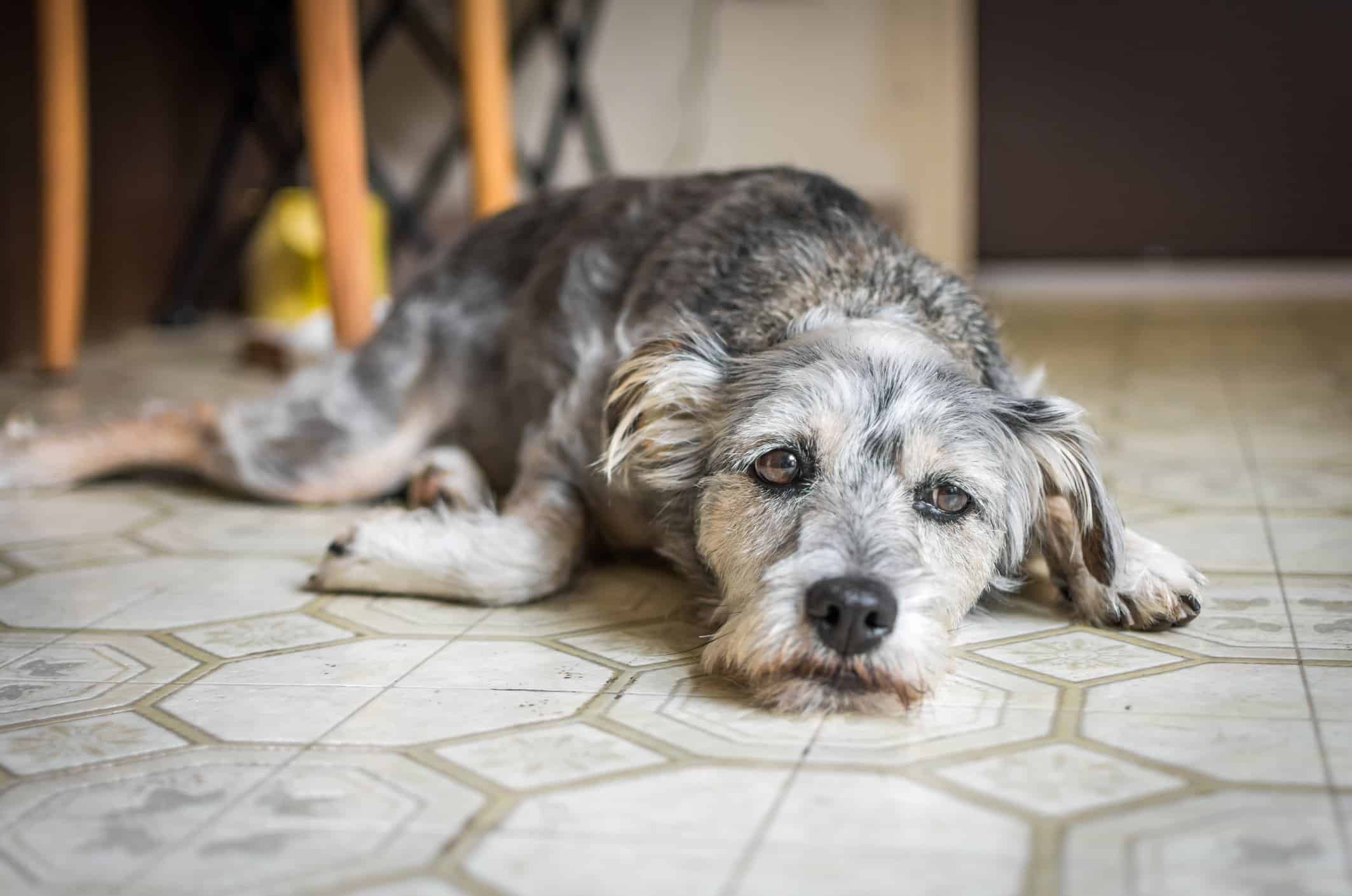When we think about dogs, the first thing that comes to mind is their alleged favourite food; bone.
People tell you dogs love bones, and we believe it so much that we often use the saying “The patient dog eats the fattest bone”.
In reality, bones are not healthy or safe for dogs. Most bones can cause several health problems which makes them very dangerous.
The topic of feeding bones to dogs has been highly argued by vets and almost all veterinary health professionals can give you examples of bone-related horror stories.
If you are one of those who believe that bones are appropriate treats for canines, this is to let you know that this old assumption is off the track in this century.
The first thing you must know is that cooked bones are not healthy. On the other hand, raw bones are a subject of debate as they are potentially more digestible and a lot softer than cooked bones.
However, that does not mean that raw bones are without their share of risk.
The Dangers of Bones for Dogs
Below are some of the potential complications that are associated with dogs and bone consumption.
The listed problems can occur in dogs after consuming bones even if they are raw ones.
- Fractured teeth – Because of how hard bones are, they can crack your canine’s teeth and sometimes lead to tooth extraction or root canals
- Oral injuries – Bone have sharp edges that can cause damage or injury to your dog’s tongue, gum, and other oral mucous membranes. Apart from the fact that it can be painful for your pet, it can also become somewhat messy. Let’s not forget that bones can also get stuck in your dog’s mouth, especially between its molars and lower jaw.
- Airway obstruction – There is a chance of all or part of the bone sliding down your dog’s throat and getting stuck which will block the airway and cause your dog to choke.
- Gastrointestinal complications – Allowing bones to pass through your dog’s digestive tract can lead to serious damage. Your dog can have a piece of bone lodged in the oesophagus, intestines, or stomach. When such a thing occurs in most cases, it may require emergency surgery to take out the bones. Even if the bone does not get stuck in your dog’s system, they can cause some irritation while passing through the animal’s GI tract. The least that may occur will be diarrhoea, vomiting, and maybe constipation. Nevertheless, bone fragments can potentially poke through the lining of your dog’s colon, stomach, intestine, and oesophagus. This situation may be a life-threatening one.
Are Any Kinds of Bones Safe for Dogs?
We are not going to deny the fact that dog’s do have a strong liking for bones, but that does not mean that you should allow your dog to eat or swallow them.
The risks that are linked to feeding dogs with bones include those from any kind of animal at all whether cooked or raw bones.
However, bear in mind that the risks are higher with bones that are cooked, specifically bones from poultry because of their tendency to fragment.
More dangerous than other bones are hooves and antlers. If you think the size of your dog may be a factor, you must know that it necessarily isn’t a factor.
Any size or species of dog can be affected by the dangers of feeding on bones. However, small dogs that are allowed to eat large bones face a higher risk of injury.
The bottom line: you may have fed your dog with bones many times and never encountered any complications, but that does not mean the next time you feed your dog with a bone everything will turn out just fine.
The question now is whether or not it is worth the risk
Bone Alternatives for Dogs
Chewing is a natural and necessary instinct for canines. For you to satisfy your dog’s instinct to chew, you have to seek out safer alternatives to the animal bone.
No matter what it is that you give your pet dog to chew on, always make that that your dog is supervised.
If you must feed your dog with raw meat bone, you can talk about raw turkey necks with your vet.
While not every expert agrees that turkey necks are safe, in reality, they are made up of soft bones and cartilage, and for that reason, they may be quite easily digestible but only when they are raw.
Other special ways you can satisfy your dog’s urge to chew will be to offer it some dental chews, specially made dog toys and other kinds of chewable that are dog safe.
Again, you must talk to your vet before you choose any kind of snack for your pet.
Keeping Bones Away From Your Dog
Be cautious when discarding leftover bones from your food. Your dog may go searching for them so it is better you throw them in the trash so that your dog can’t reach them.
The way you would treat foods that are toxic to your pet is the same way you should handle bones.
If you suspect your pet has experienced any bone-related complication, contact a vet instantly.








